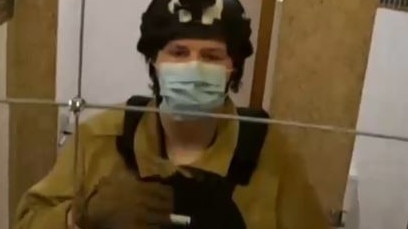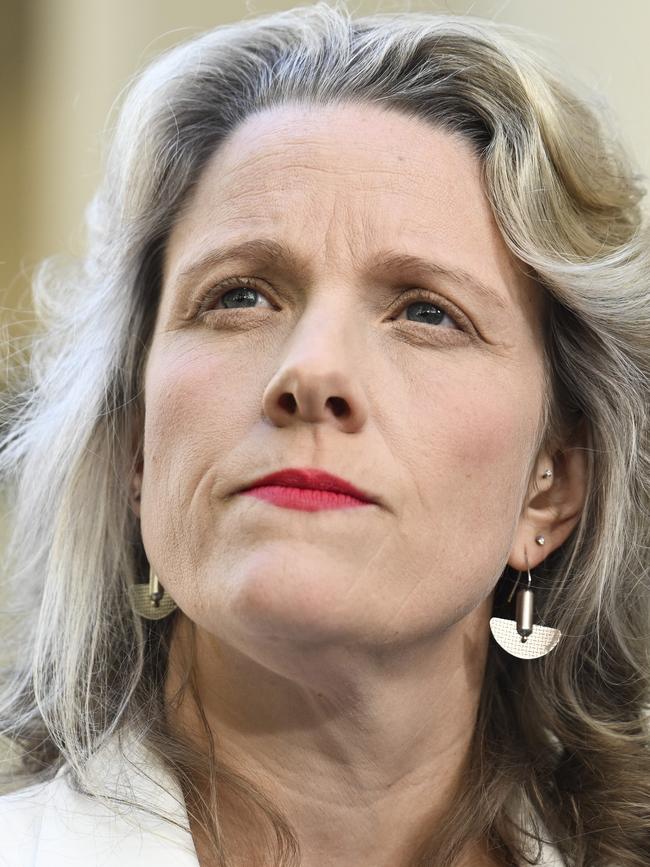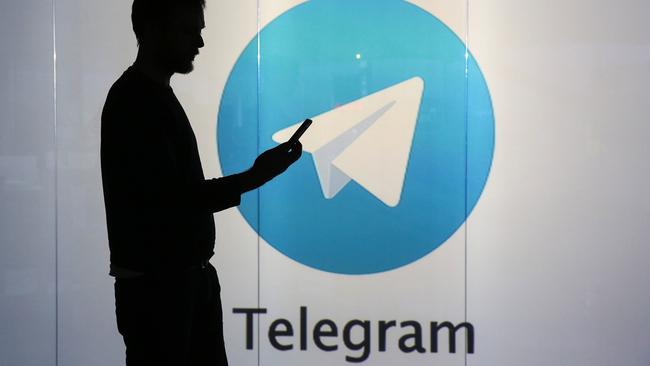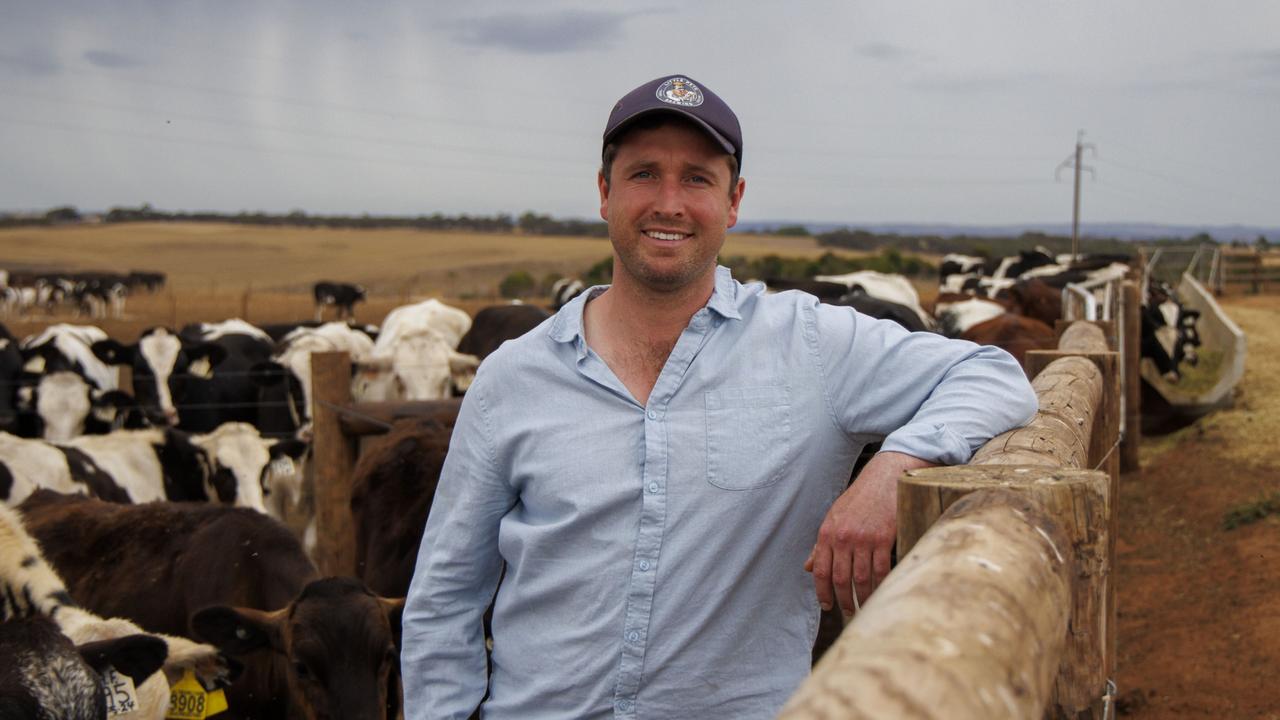Social media ‘pivotal’ in platforming terrorism after terror accused radicalised on Telegram
Telegram has failed to clear horrific terror attack footage months after the eSafety watchdog demanded answers as the government accused social-media giants of playing a ‘pivotal role’ in platforming terrorism.

Telegram has failed to clear horrific terror attack footage and extremist material from its platform months after the eSafety watchdog demanded answers as Home Affairs Minister Clare O’Neil accused social media giants of playing a “pivotal role” in platforming terrorism.
It comes after the 19-year-old charged with a terror offence on Thursday in NSW said he was radicalised on encrypted-messaging app Telegram, which has become the platform of choice for extremists of the right and left.
Although not commenting on that specific case, given it’s before the court, Ms O’Neil said tech companies weren’t doing enough to eradicate radical and extremist content from its platforms.
“There is no question that new technologies, including social media and messaging apps, are playing a pivotal role in the presentation of terrorism,” she said.
Earlier this year, Australia’s e-Safety Commissioner, Julie Inman Grant, issued Telegram, along with five other companies, a notice asking how it was taking action against terror material.
Ms Inman Grant said there was new violent extremist content, including beheadings, tortures, kidnapping and rapes, coming online that wasn’t being identified.
Historical terror attack footage was also being shared across the platform, including of the Christchurch massacre, which was still easily and widely accessible on Sunday.

“Telegram has different concerns altogether because it is really about the prevalence of terrorist and violent extremism, the organisation and the sharing that goes on there,” Ms Inman Grant said.
In Australia, Google and Apple censor certain Telegram channels when viewed on the app, but users can access those same channels on an Android device or by simply using the web version of the platform.
Hezbollah’s media arm posts hourly to their 250,000 subscribers while Australia’s neo-Nazi figures share prolifically on the platform.
The Albanese government has amplified its demands for tech companies to clamp down on extremist material, but the incubation of radical content on Telegram will prove difficult to address.
Headquartered in the United Arab Emirates, end-to-end encrypted Telegram was founded by two Russian programmers in 2013. Unlike WhatsApp and Signal, a key draw is how people can join and host public channels.

The Australian can reveal that terror-accused Jordan Patten allegedly radicalised himself on the platform by watching beheading videos and massacres under a “Gavrilo Princip” alias, the Bosnian-Serb who assassinated Archduke Franz Ferdinand.
Patten, who was charged with attempting to commit a terrorist act, then allegedly provided updates on his Telegram channel in the moments before he carried out his unsuccessful attack, which allegedly targeted Newcastle state MP Tim Crakanthorp.
“The culmination of all that (extremist material, anger) drove me over the edge … Researching and finding things on Telegram, finding (terrorist) manifestos and videos,” Patten wrote in his rambling 205-page manifesto, of which The Australian has decided against quoting extensively.
On Friday, Anthony Albanese became emotional when talking about the “very direct threat” to his family enclosed in Patten’s manifesto.
Patten had appeared at Newcastle Local Court on Thursday.






